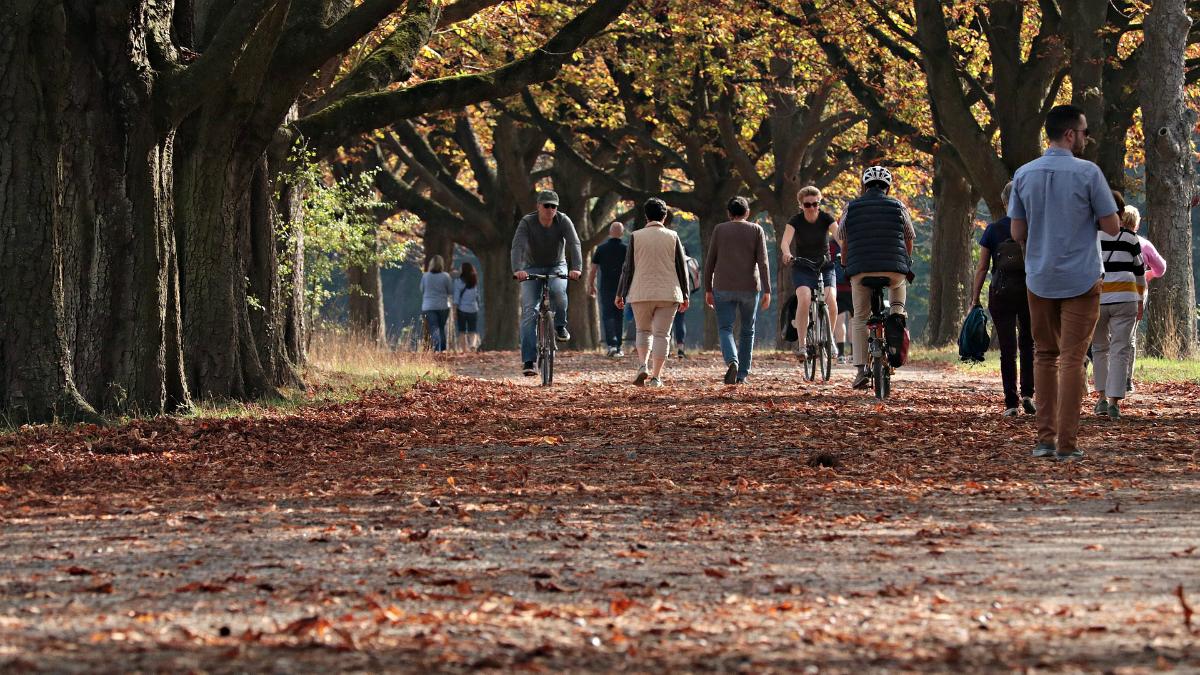People with osteoporosis often find the advice provided about their condition to be inadequate, confusing, varied or inconsistent, says the Royal Osteoporosis Society.

In a report intended for medical, exercise and allied health professionals, including physiotherapists, it says uncertainty about what is appropriate or safe persists. This may be accompanied by concerns about liability.
Do more not less
But people with osteoporosis should be encouraged to do more rather than less, it recommends.
This requires health professionals to adopt a positive, proactive and encouraging approach, focusing on ‘how to’ messages rather than ‘don’t do’.
The charity says that although specific levels and types of physical activity and exercise are likely to be most effective, even a minimal increase in activity should be encouraged to provide at least some benefit.
Benefits outweigh risks
Evidence from the report indicates that physical activity is not associated with significant harm, including vertebral fracture, according to the report. In general, the benefits of physical activity outweigh the potential risks.
Physical activity on a day-to-day basis is associated with improved bone strength and a lower risk of hip fracture.
For example, a study of men and women aged 49–83 years identified that regular walking or cycling reduced fracture risk by up to 23 per cent, relative to hardly ever walking or cycling, according to the society.
Moderate-impact exercise
Intermittent bursts - just one or two minutes - of moderate-impact exercise may be more beneficial to maintain or improve bone density than longer periods of low-impact exercise.
The document suggests that two sessions each week of a combination of moderate-impact and high-intensity muscle resistance exercise, or more frequently for impact exercise alone, were needed to improve bone density.
CSP professional adviser Jenny Nissler welcomed the report, saying it outlined the principles to consider when advising people with osteoporosis about physical activity.
‘It summarises the evidence provided by expert health professionals, including physiotherapists, with the emphasis on what people can safely do, indicating where expert assessment is needed.’
Ms Nissler added that the report would support health and exercise professionals in advocating the right level of activity, with the emphasis on both confidence and safety.
New academy
The Royal Osteoporosis Society has also launched an academy to advance understanding about the causes of osteoporosis, explore and develop new innovative technologies as well as understand the effectiveness of new diagnostic tools, treatments and interventions. Ultimately, it aims to find a cure for the condition.
Known as the Osteoporosis and Bone Research Academy, it will coordinate a variety of complex work programmes, broker new partnerships internationally and influencing funding.
Find Out More
Number of subscribers: 3



































